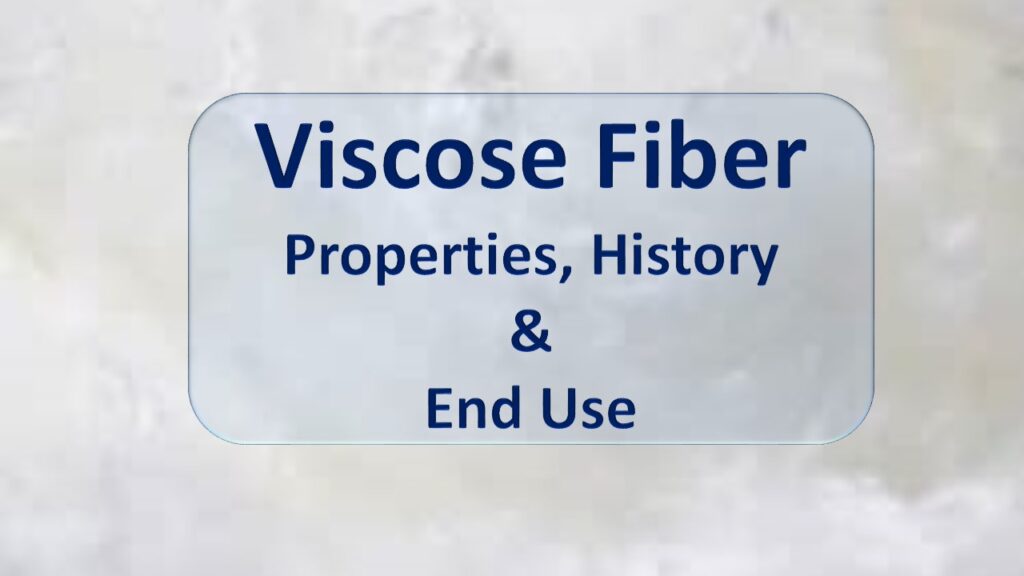Viscose Fiber Properties and History
Viscose Fiber Properties and History. Viscose, also known as rayon, derives from natural materials, primarily wood pulp or cotton fibers, in the creation of this semi-synthetic fiber. The process of making viscose involves several steps: Viscose Fiber Properties and History Viscose has properties similar to those of natural fibers like cotton or silk, making it […]
